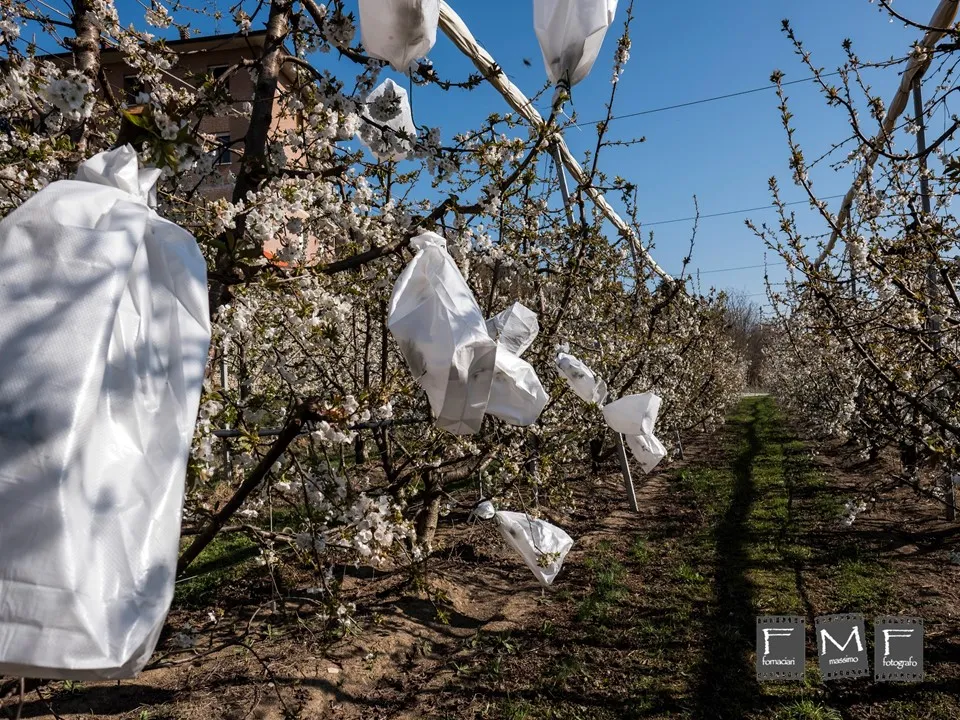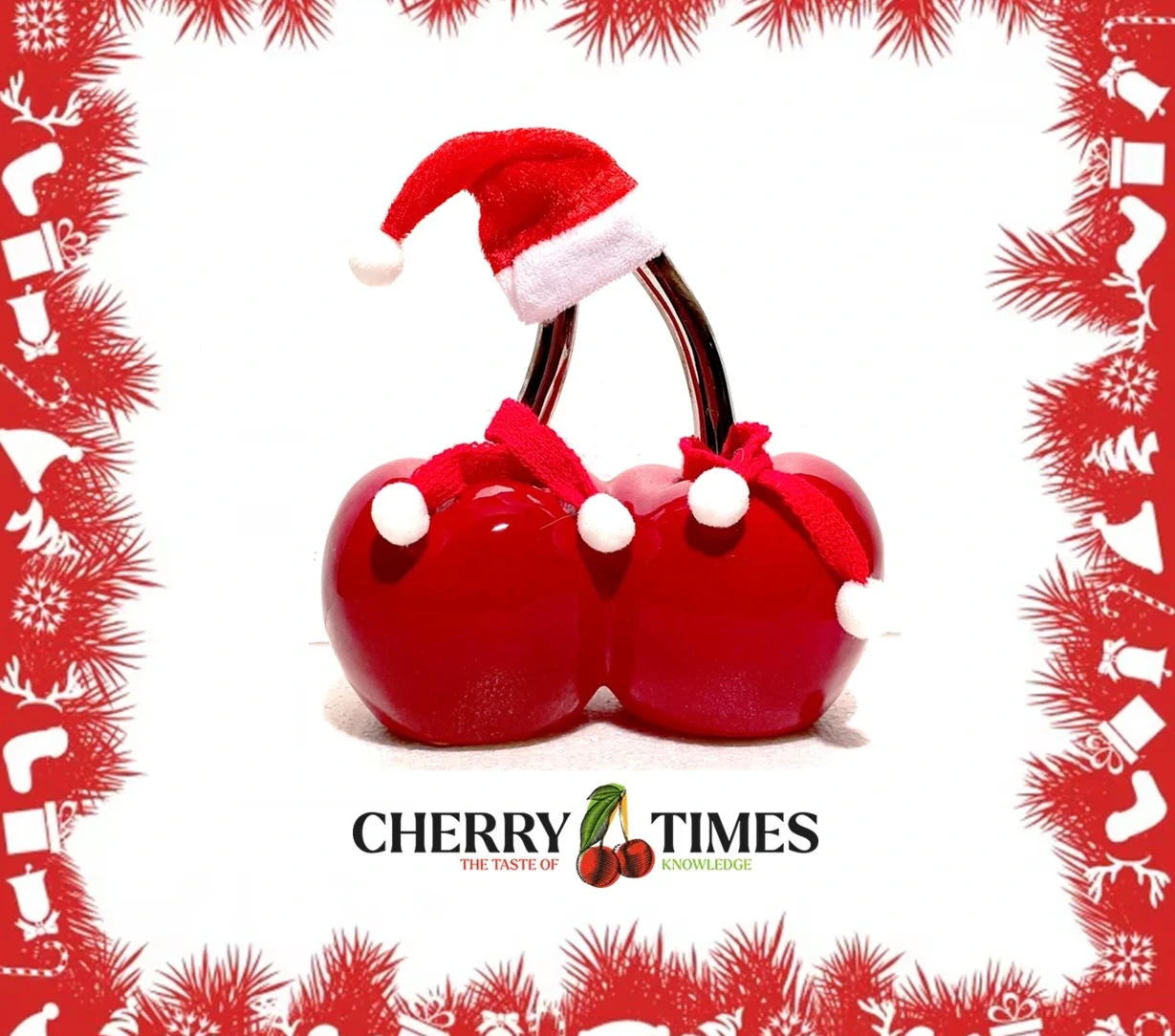The SQUAMOSA PROMOTER BINDING PROTEIN-LIKE (SPL) genes are a family of plant transcription factors essential for growth, development, and adaptation to stress conditions. Since the specific function of PavSPL genes had not been well understood, a recent Chinese study analyzed their role in sweet cherry (Prunus avium).
The research identified 16 PavSPL genes, classified into five subgroups, with 12 of them regulated by the microRNA miR156. Analysis of their promoter regions revealed the presence of elements associated with light, abiotic stress, and hormonal responses, confirming their involvement in key biological processes and adaptation to adverse environmental conditions.
The findings showed that the seasonal expression of PavSPL genes varies throughout the plant's annual cycle, particularly during the post-dormancy recovery period. Gibberellin (GA) treatments demonstrated an inhibitory effect on the expression of several PavSPL genes, suggesting a potential role in GA-regulated mechanisms.

Particular attention was given to the PavSPL14 gene, which proved to be central to sweet cherry development. Overexpression of PavSPL14 in Arabidopsis thaliana resulted in earlier flowering, increased plant height, and more vigorous growth, highlighting its strategic potential for crop genetic improvement.
A novel aspect of this study was the identification of the interaction between PavSPL14 and the DELLA protein PavDWARF8, a known regulator in gibberellin-mediated growth processes. Using yeast assays and confocal microscopy, the researchers demonstrated that PavSPL14 and PavDWARF8 work together to regulate flowering transition and other developmental processes.
This mechanism is based on the balance of GA: when GA levels are low, PavDWARF8 interacts with PavSPL14, inhibiting the regulation of target genes. Conversely, an increase in GA degrades PavDWARF8, releasing PavSPL14 to promote growth and flowering.
The expression of PavSPL genes was also analyzed in response to cold stress and hormonal treatments. During low-temperature treatments, four genes (PavSPL3, 6, 11, and 16) showed significant changes in expression, indicating an important role in post-stress recovery. Regarding hormonal treatments, PavSPL genes responded not only to gibberellins but also to strigolactones, reinforcing their relevance in complex hormonal regulation pathways.

The implications of these findings are manifold. First, the involvement of PavSPL genes in both dormancy regulation and flowering makes them key tools for improving and optimizing sweet cherry production. Additionally, the ability of PavSPL14 to enhance growth and development in Arabidopsis suggests potential biotechnological applications in other crops.
Finally, the interaction between PavSPL14 and DELLA provides new insights into the co-regulation of growth processes through hormonal mechanisms, paving the way for innovative strategies to enhance crop yield and resilience in response to climate change and environmental stress.
In conclusion, this study lays the groundwork for in-depth research on SPL genes in sweet cherry and other species; in fact, identifying and understanding the functions of these genes could significantly enhance breeding strategies.
Source: Liu, X., Sun, W., Liu, H., Wang, L., Manzoor, M. A., Wang, J., Jiu, S., & Zhang, C. (2025). PavSPLs are key regulators of growth, development, and stress response in sweet cherry. Plant Science, 350, 112279. https://doi.org/10.1016/j.plantsci.2024.112279.
Images: FMF
Andrea Giovannini
University of Bologna (IT)
Cherry Times - All rights reserved














